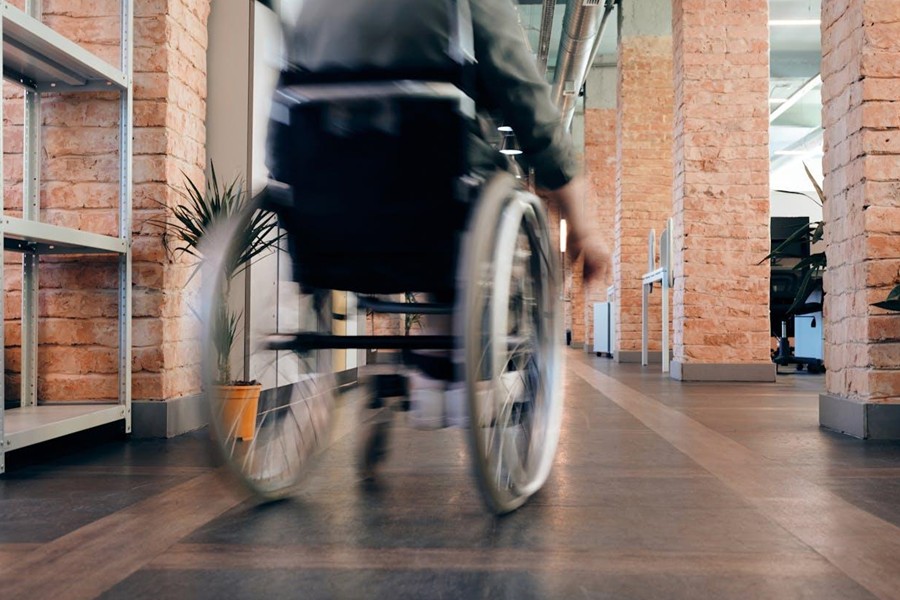
Recurrent body aches can significantly impact one’s quality of life.
Chronic pain, particularly when associated with rheumatological disorders, requires a deeper understanding and a strategic approach to management. In this article, we will explore chronic pain, focusing on rheumatological disorders, and offer practical strategies for pain management at home. Additionally, we’ll discuss when it’s time to check in with a rheumatologist.
Understanding Chronic Pain
Chronic pain is a prolonged pain that lasts weeks to years and is often resistant to standard medical treatments. It can arise from various health conditions, including injuries, inflammatory diseases, and nerve disorders. Chronic pain not only affects the physical body but can also impact emotional and mental well-being.
Rheumatological Disorders and Chronic Pain
Rheumatological disorders encompass a variety of diseases primarily targeting the joints, muscles, and bones, frequently leading to chronic pain. These conditions, which include rheumatoid arthritis, lupus, fibromyalgia, and osteoarthritis, are marked by inflammation and pain in the musculoskeletal system. Such disorders can significantly impact daily activities and overall quality of life due to their persistent and often debilitating symptoms. Rheumatoid arthritis typically manifests as joint inflammation and pain, lupus involves the immune system attacking its own tissues, and fibromyalgia is marked by persistent musculoskeletal pain as well as fatigue, sleep, mood, and memory issues. Each condition presents unique pain management challenges and requires a tailored approach for effective treatment and relief.
Diagnosis and Treatment
Diagnosing rheumatological disorders typically involves a combination of physical examinations, blood tests, and imaging studies. Treatment usually includes medications, physical therapy, and, in some cases, surgery. However, lifestyle changes and at-home treatments can also play an important role in alleviating symptoms.
How Can I Manage Pain at Home?
Living with chronic pain doesn’t mean a lower quality of life. There are several strategies you can use at home to manage and alleviate pain:
- Regular Exercise: Low-impact exercises like walking, swimming, or yoga can increase strength, flexibility, and reduce joint stiffness.
- Healthy Diet: A diet abundant in anti-inflammatory foods like omega-3 fatty acids, fruits, vegetables, and whole grains can help reduce inflammation and pain.
- Stress Management: Practices like meditation, deep breathing, and mindfulness can help manage the emotional aspects of chronic pain.
- Adequate Sleep: Quality sleep is necessary for pain management and overall health.
- Heat and Cold Therapy: Applying heat can relax and soothe stiff joints and muscles, while cold therapy can reduce inflammation and pain.
- Massage Therapy: Gentle massage can increase circulation and reduce muscle tension.
- Over-the-Counter Pain Relievers: Nonsteroidal anti-inflammatory drugs (NSAIDs) can be effective for pain relief but should be used cautiously and under medical guidance.
When to See Your Rheumatologist
While these strategies can provide relief, knowing when professional medical help is needed is vital. You should consider checking in with a rheumatologist if you experience:
- Unexplained or worsening joint pain.
- Persistent swelling or stiffness in the joints.
- Symptoms that interfere with daily activities.
- Side effects from current medications.

Summary
Chronic pain, especially related to rheumatological disorders, requires both medical intervention and personal management strategies. Let’s break down the key points discussed in this article:
- Chronic pain is long-lasting pain often linked with rheumatological disorders.
- Rheumatological conditions like rheumatoid arthritis and lupus cause chronic pain.
- Pain management includes medical treatments, lifestyle changes, and home remedies.
- Exercise, diet, stress management, and sleep are crucial for managing pain.
- Heat/cold therapy, massage, and NSAIDs can provide at-home pain relief.
- Consult a rheumatologist for unexplained joint pain, persistent symptoms, or medication side effects.
By incorporating lifestyle changes and at-home treatments, individuals can significantly improve their quality of life. However, it’s important to remain vigilant about the symptoms and consult a rheumatologist when necessary.
- Harlem Alumni Fund Local Students: Community Scholarships Boost Elementary School Futures!
- Sponsored Love: How Creative Printing Tools Like Tattoo Printers Are Revolutionizing Creativity
- Sponsored Love: Epitomize Your Workspace And The Ultimate Guide To Custom Mouse Pads
- Sponsored Love: How AiEssayGenerator Is Revolutionizing Academic Writing With AI Technology
- Sponsored Love: On-Trend Floral Arrangements For Stylish Miami Weddings
Become a Harlem Insider!
By submitting this form, you are consenting to receive marketing emails from: . You can revoke your consent to receive emails at any time by using the SafeUnsubscribe® link, found at the bottom of every email. Emails are serviced by Constant Contact









